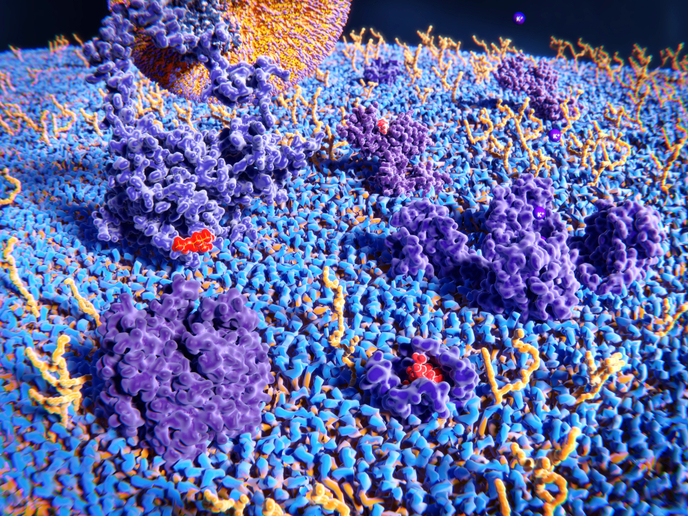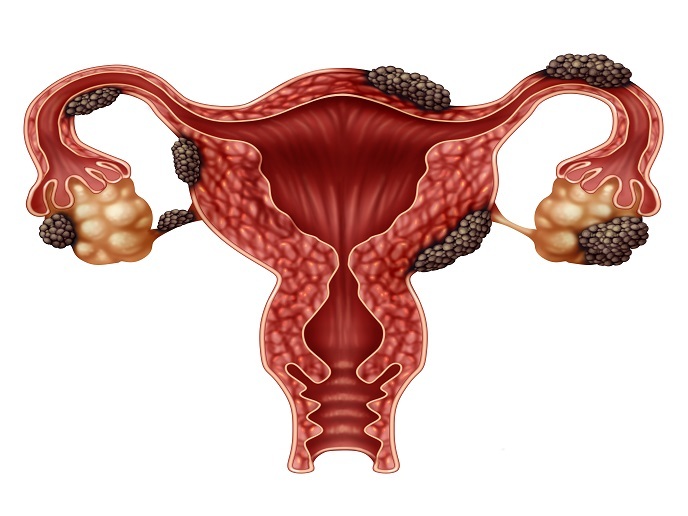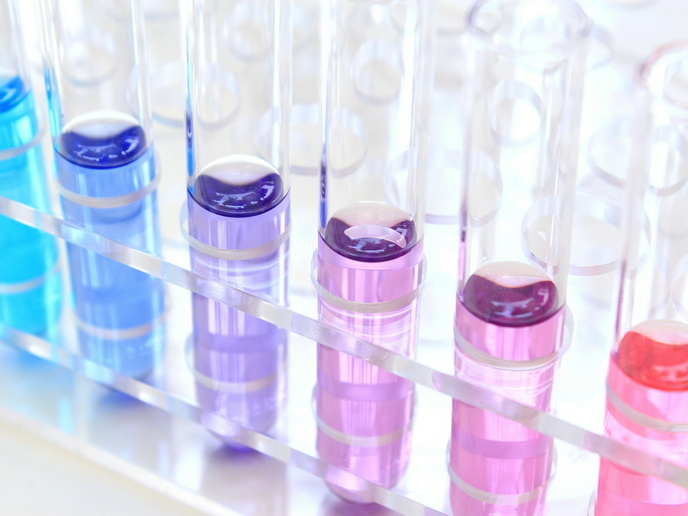Chips for drug trials
For a drug to be effective it must first target the appropriate cells and normally gain access to the inside of the cell. The route taken is through the cell membrane – the outer protective cover made of protein and lipid combined (proteolipid). The cell membrane filters what passes in and out the cell. Proteins act as immigration control at the membrane taking in what the membrane allows. Not surprisingly then, 50\;% of all drugs target these biochemical entry gates. The primary aim of the EU-funded Asmena project is to accelerate the time taken for pharmaceuticals to go from the lab to the chemist's shelf. One way to do this is to increase knowledge of membrane proteins and how exactly they interact with the drug. Currently drug screening relies on markers that fluoresce so its progress can be tracked throughout the cell. However, there is a potential problem in that the marker itself may affect drug performance. The Asmena scientists are aiming to dispense with label-free testing and replace it with assays placed on a chip. Working in a nano-environment on a chip creates a number of challenges. However, the Asmena scientists are finding appropriate answers during the progress of this project, due to finish in November 2011. So far, the results are very promising. The proteolipid membranes self-assemble onto the chip and are stabilised with special nanoporous materials. The membranes can be equipped with many different proteins which are then bombarded simultaneously with a variety of potentially therapeutic molecules. The researchers can also follow the fate of the drug after it attaches itself to the membrane protein. A new sensing technique based on fading light detects protein-mediated transport across membranes. The miniaturised system provides a detection limit comparable with state-of-the-art macroscopic sensors. At the same time, it is as close to single protein molecule detection as sensors based on a single nanoparticle. Combining several assays on a chip will create a versatile platform where many drugs can be tested against different types of membrane protein. Honing drug testing shortens the drug development process by more efficient screening. Moreover, the biosensor chip may remove the need for animal testing and clinical trials on humans will involve less risk.







